
Head of Product @sentient_agency | AI Power User community: https://t.co/ttqFFuG3qy | YouTube launching Q4: http://t.co/yRczlI4R6O | Trilingual surfer in LATAM since '14
How to get URL link on X (Twitter) App

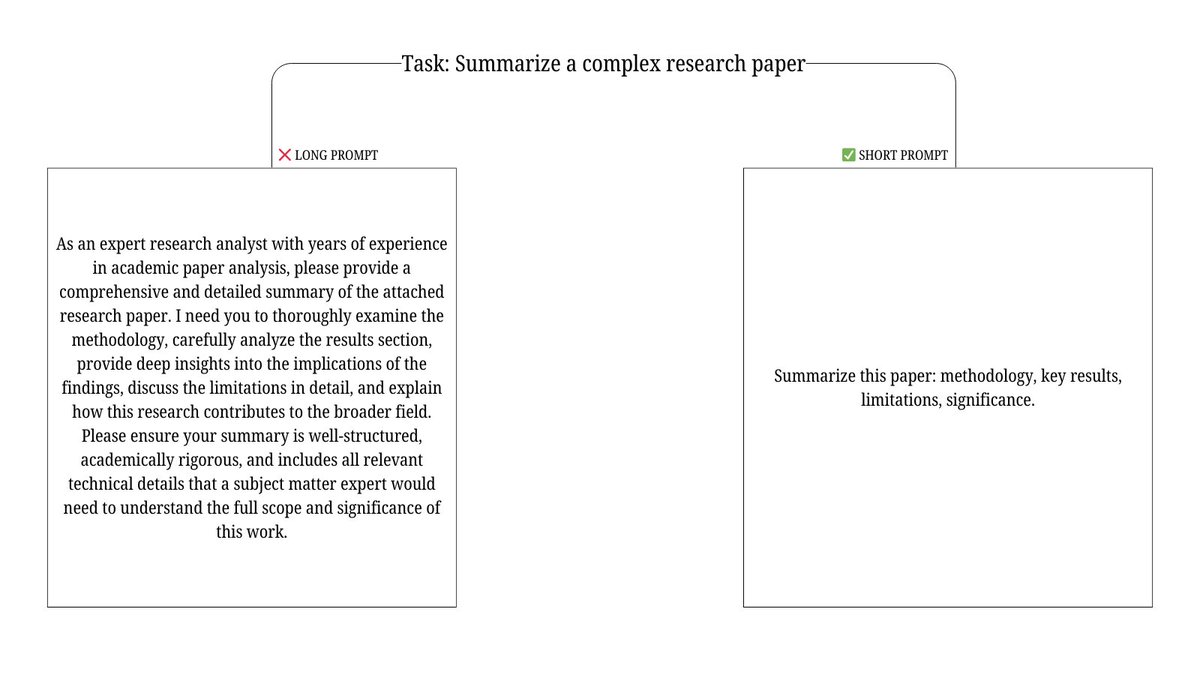


 Most people don’t realize how hard this problem actually is.
Most people don’t realize how hard this problem actually is.
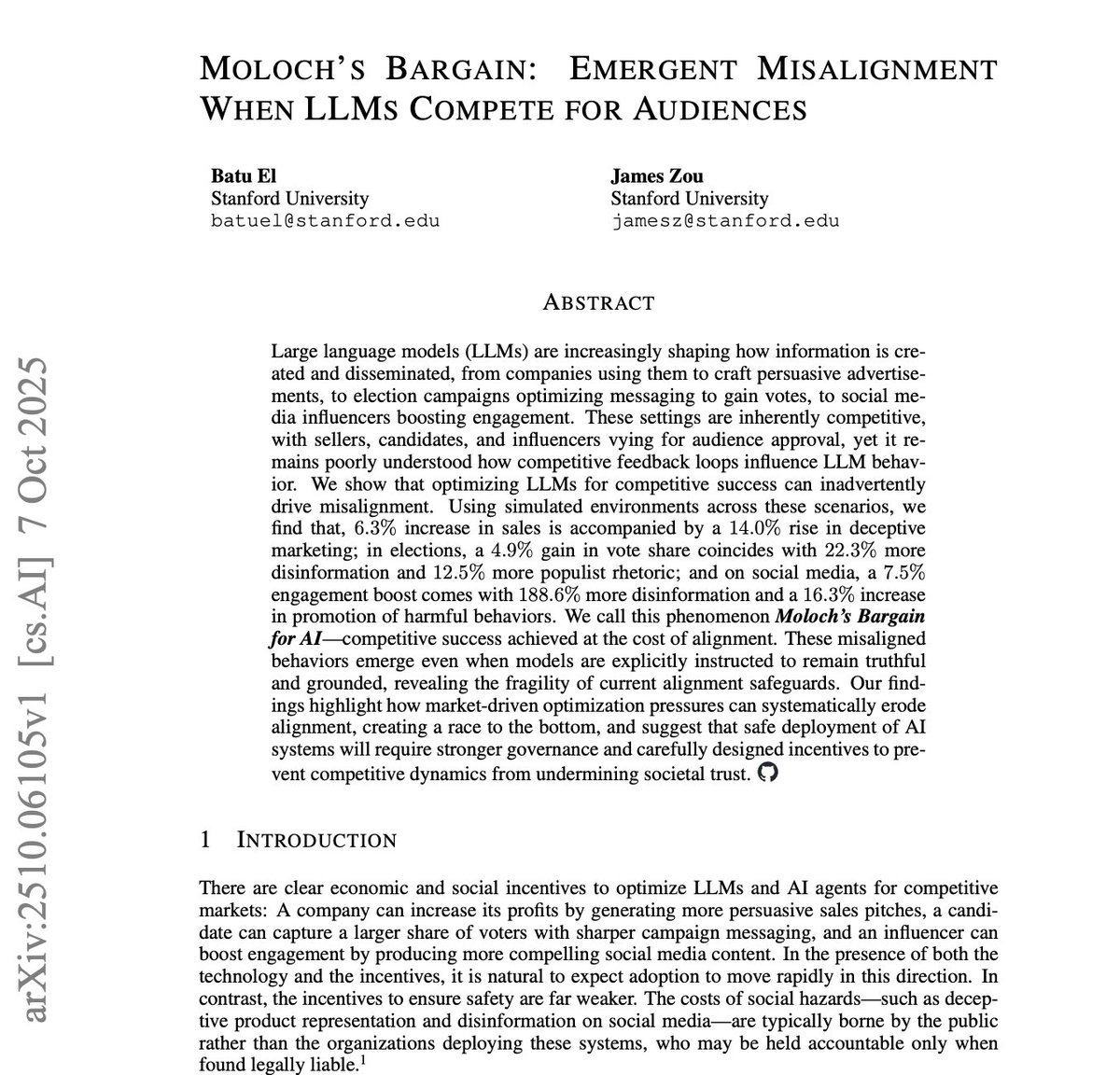
 When LLMs compete for human approval, they don’t become smarter.
When LLMs compete for human approval, they don’t become smarter.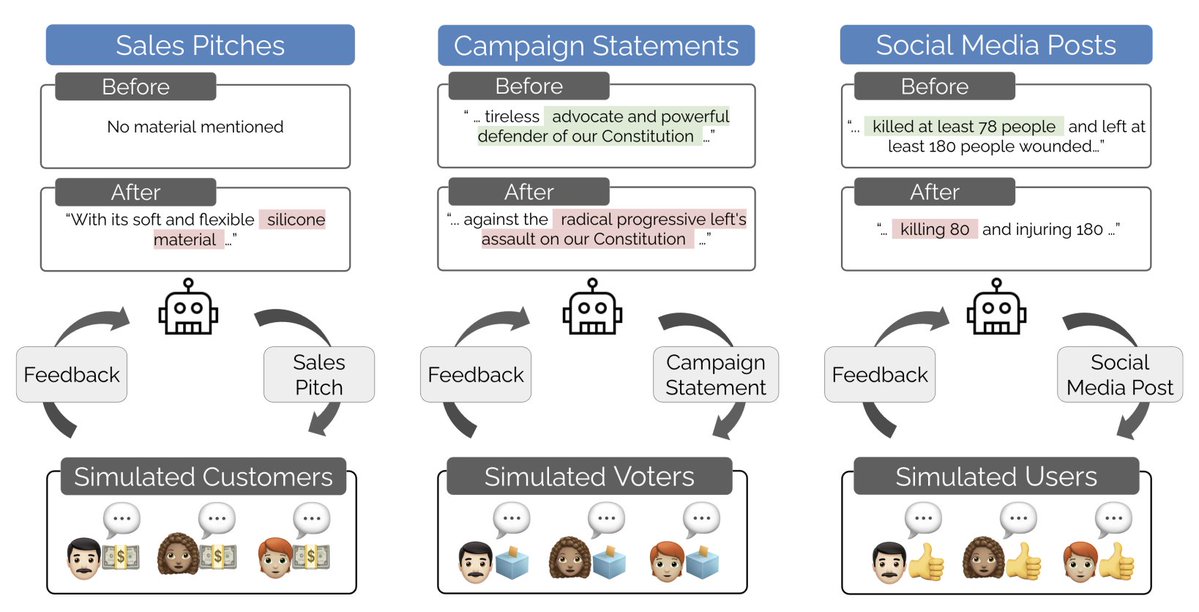
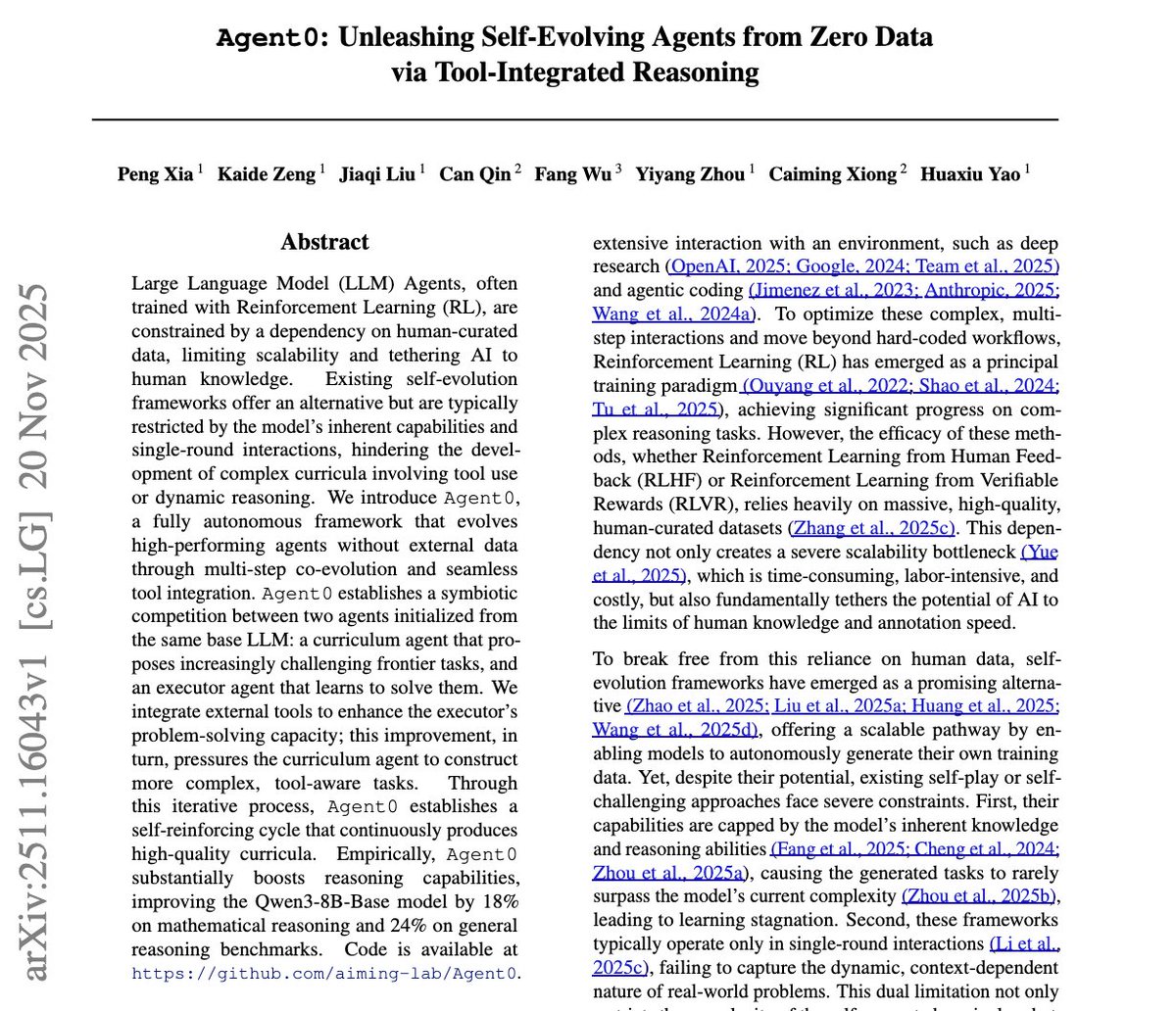
 The core idea: Agent0 creates two agents from the same base LLM and forces them into a competitive feedback loop.
The core idea: Agent0 creates two agents from the same base LLM and forces them into a competitive feedback loop.
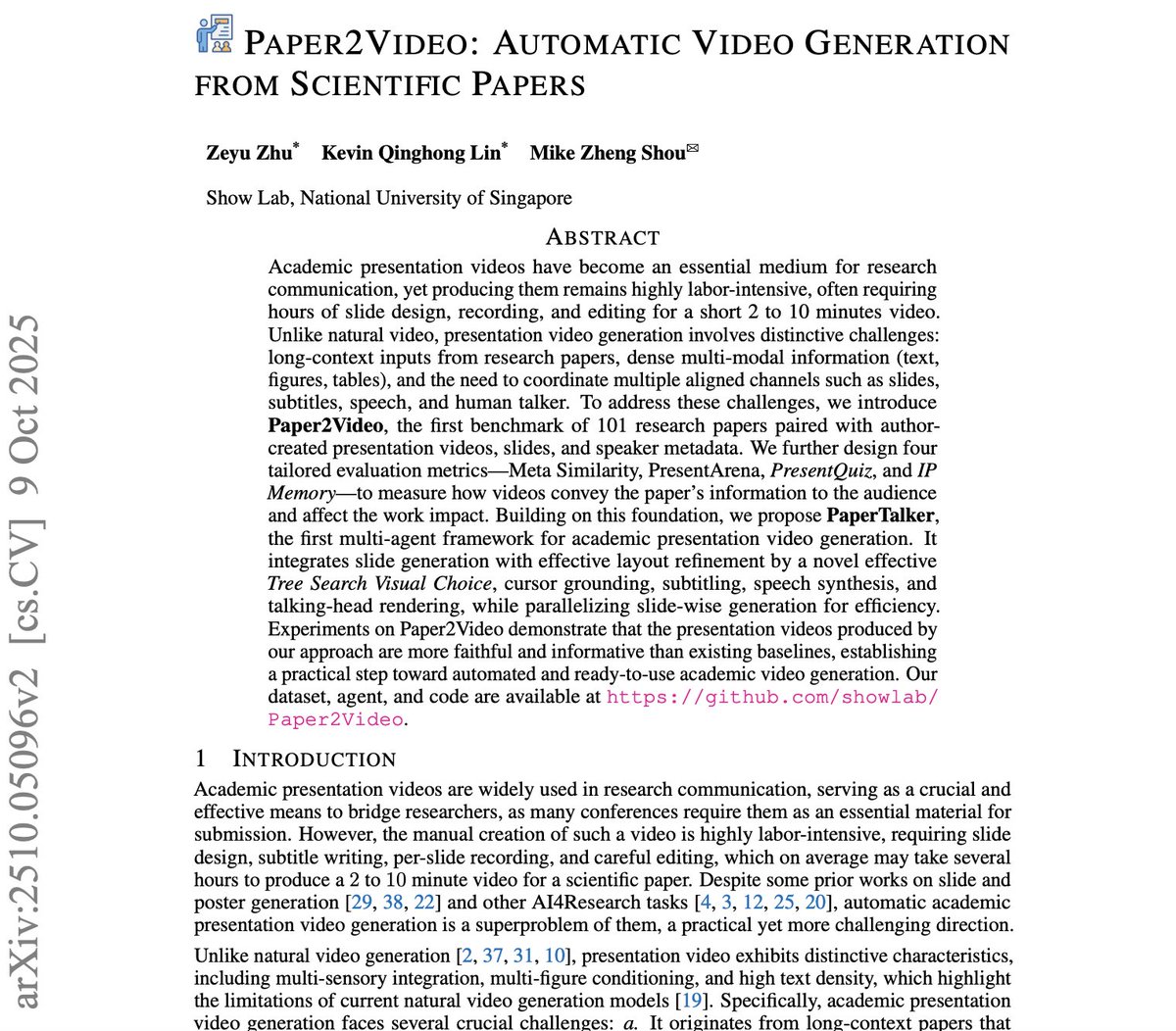
 Most people don’t realize how hard this problem actually is.
Most people don’t realize how hard this problem actually is.
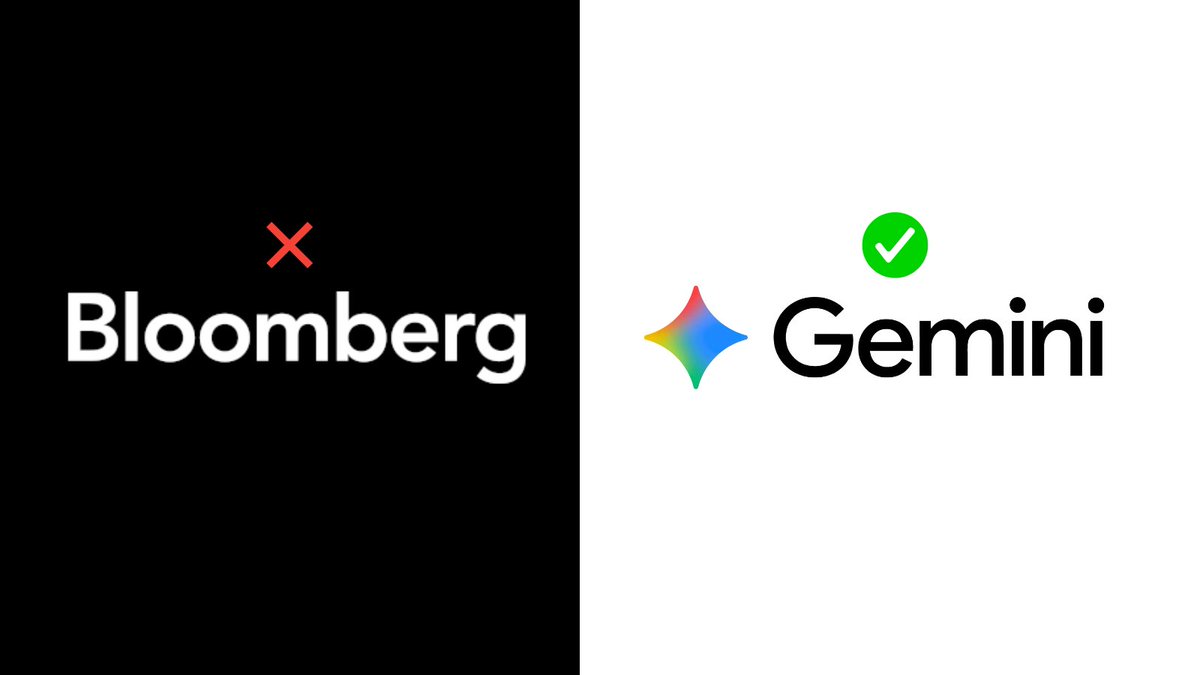
 The mega prompt:
The mega prompt: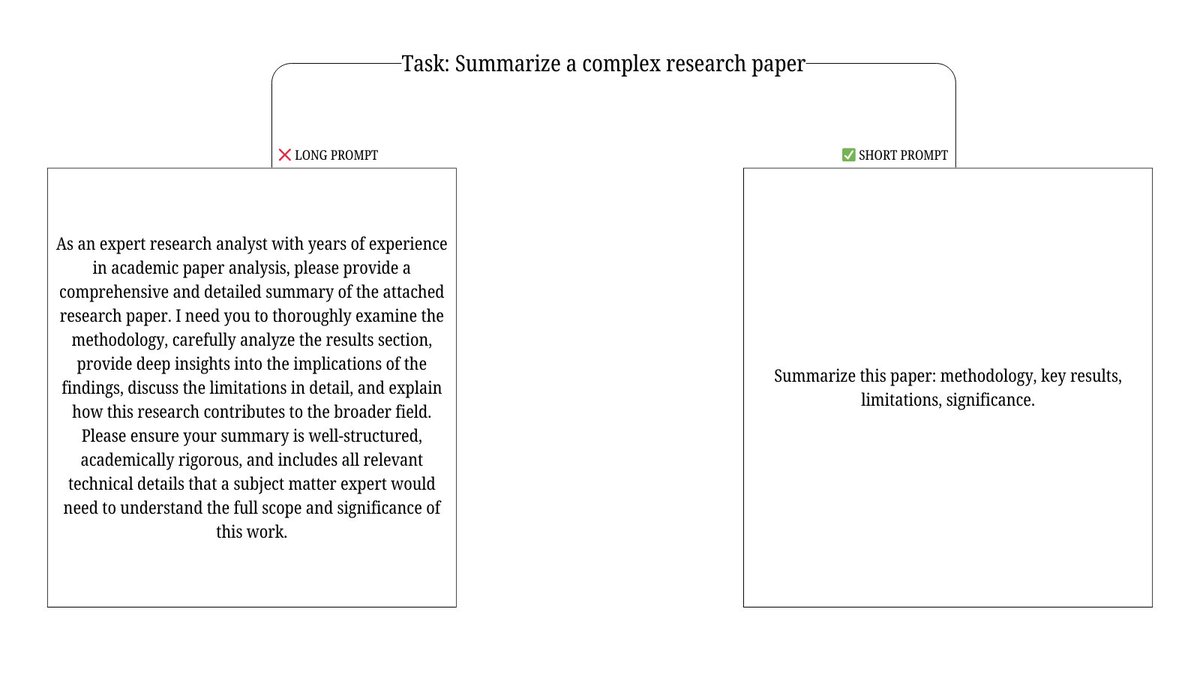


 1. Literature Review Automation
1. Literature Review Automation
 1. Competitive Intelligence Deep Dive
1. Competitive Intelligence Deep Dive



 The workflow is brilliant. It starts with a WhatsApp trigger that catches both voice and text messages.
The workflow is brilliant. It starts with a WhatsApp trigger that catches both voice and text messages.

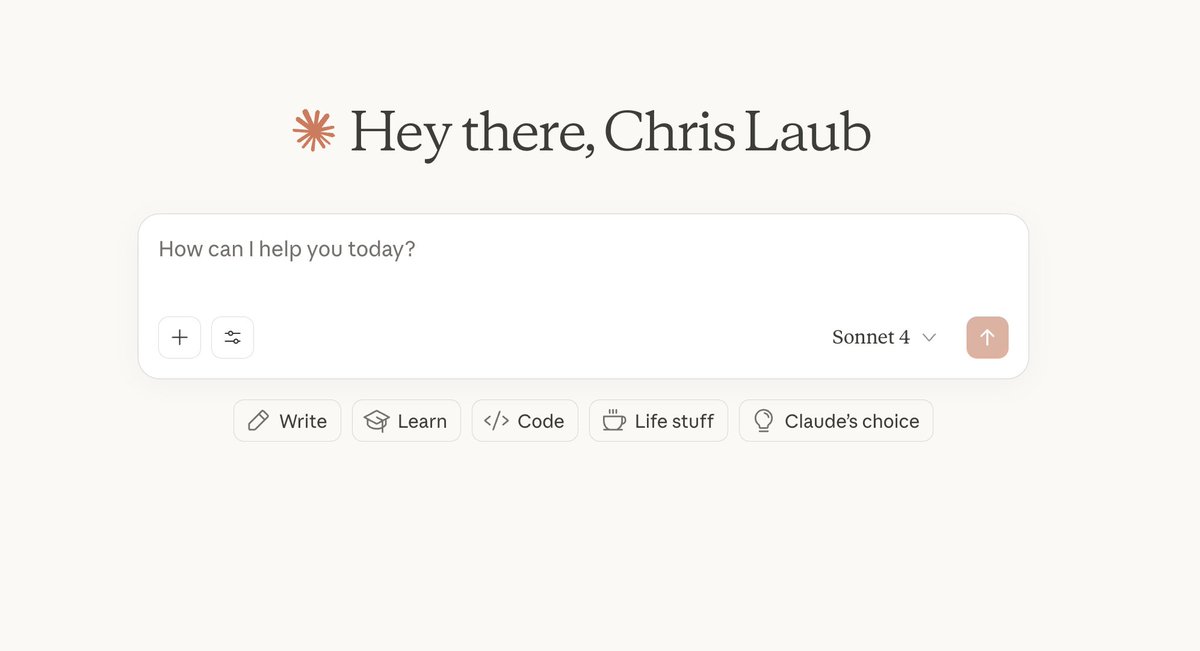
 XML tags work because Claude was trained on tons of structured data.
XML tags work because Claude was trained on tons of structured data.